 | « Back to article | Print this article |
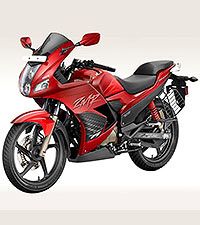 ...because their design did not get a thumbs up from motorcycling enthusiasts here
...because their design did not get a thumbs up from motorcycling enthusiasts here
Styling and appearance of a motorcycle play a vital role in its success in India. While most Indian buyers choose their ride from a long-running and successful model, other machines get a chance because of their design. Styling is the factor that can sometimes rapidly popularise a product, never mind its technical specifications. On the other hand, a product with cutting edge technology, best-in-class specifications, and outstanding performance can be unsuccessful because of its unimpressive styling. Based on what we Indians say ‘Jo dikhta hai, wahi bikta hai,’ we present 7 machines that are prime examples of this adage. Read on.
Hero Impulse
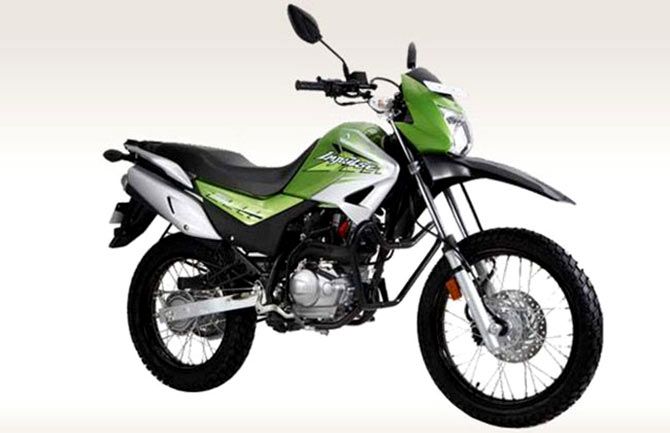
The very first low-budget dual-purpose motorcycle in India, the Hero Impulse is specially designed for practical use and is meant to go anywhere. The bike is technically well-made and is a one-of-its-kind motorcycle in the country. However, its tall motocross and Enduro-inspired styling wasn’t appreciated well by most consumers in the country.
As a result, the bike got a very small customer base that was limited to those who like to ride something different and are off-roading enthusiasts only.
2014 Hero Karizma ZMR
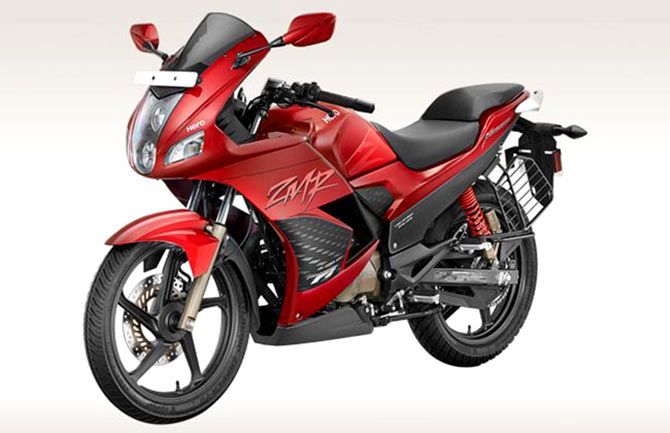
Being one of the most appreciated and successful products in the performance segment in India since its inception, the Hero Karizma unfortunately lost its charm with the introduction of the 2014 model. That said, the new update came with more refinement, advanced features, and better performance.
You can say that the new Karizmas are among the best long-running motorcycles in the country. However, the styling of the bike looks overdone that led to the bike’s rejection by the Indian buyers.
TVS Phoenix
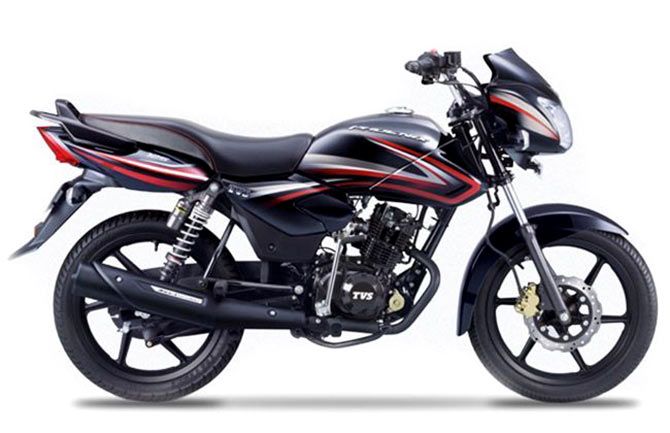
The TVS Phoenix was introduced in the market as the most advanced 125cc motorcycle among the myriad offerings in the segment. There’re a bunch of interesting features in the motorcycle like a frugal and responsive EcoThrust engine, fully-digital console, and gas-charged suspension, along with the front petal-disc brake.
However, the styling of the bike was not so impressive, with an ungainly tail section and busy-looking fuel tank. So the company tried again with a cosmetic upgrade in 2015 that again failed to impress the targeted buyers.
Yamaha Fazer
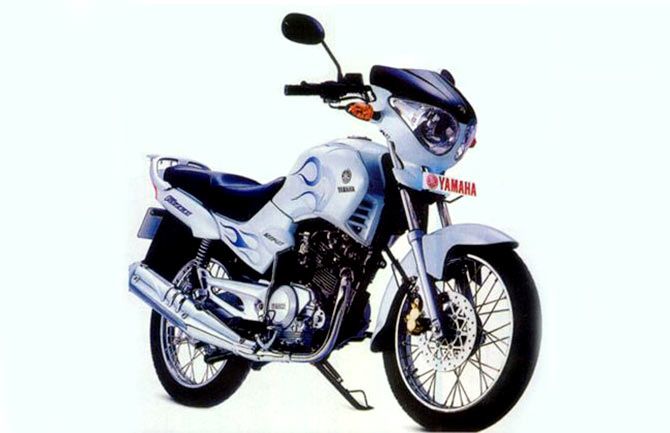
No, we are not talking about the existing Yamaha Fazer, but rather the bike that was launched in 2005. Yes, that alien-like motorcycle with a weird-shaped split headlight. The 2015 Yamaha Fazer was a technically sound motorcycle for the time it was launched; the rest of the body work was fine as well.
However, the front fascia of the bike became its biggest drawback and reason of its elimination from the market.
Mahindra Pantero
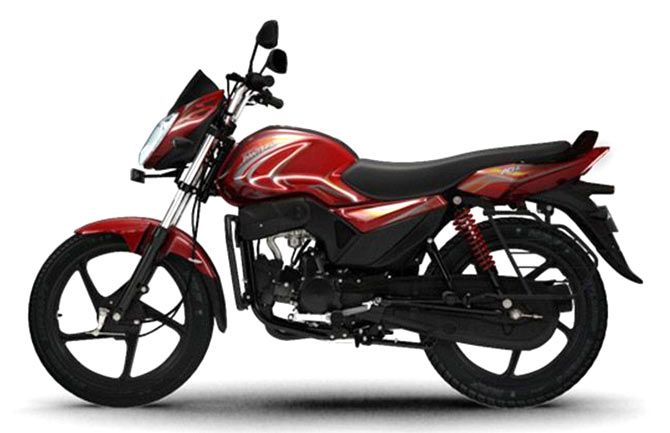
We know that the Centuro was the first game changer for Mahindra Two Wheelers, giving it a positive response and a noticeable foothold in the Indian market. But do you know that the bike is based on its sibling, the Pantero, which was already on sale at the time the Centuro was launched?
So when the Pantero was having the same technology and most of the features that come with the new bike, why did it fail to impress? The answer is its awkward styling that features a flat headlamp and protruding chin.
Suzuki Inazuma 250

Suzuki played in the quarter-litre segment in India for a very short time. The company launched its Inazuma 250 with a price tag of around Rs 3 lakh in January 2014. We know that the price was too high; however, it was again a technically sound motorcycle with a liquid-cooled, parallel-twin engine and lots of premium features.
If you are still thinking that the price was the main factor for its failure, the company reduced it considerably by Rs 1 lakh later.
However, the scheme didn't work and Suzuki understood that its styling is not according to the Indian market’s tastes in bigger bikes and it wisely discontinued the bike.
LML Freedom 110
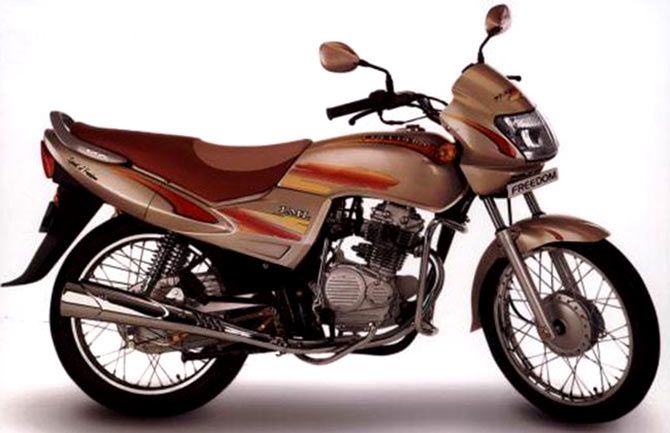
The LML Freedom 110 was undoubtedly one of the most low-maintenance motorcycles of its time. However, it failed to impress due to its styling, featuring an almost flat fuel tank, even seat and a fat tail section.
Even then, the bike was highly promoted for its styling and was available in many colour options, yet nothing worked in its favour. Even after its failure, the bike was re-launched with the same monotonous design and the result was no different again.
All these motorcycles were technically sound in their respective categories and had potential to dominate their respective segments. However, their unimpressive styling and appearance led them to rejection from the market. So, taking these as case studies, we can say that styling is one of the most important factors in the success of a two-wheeler in India.